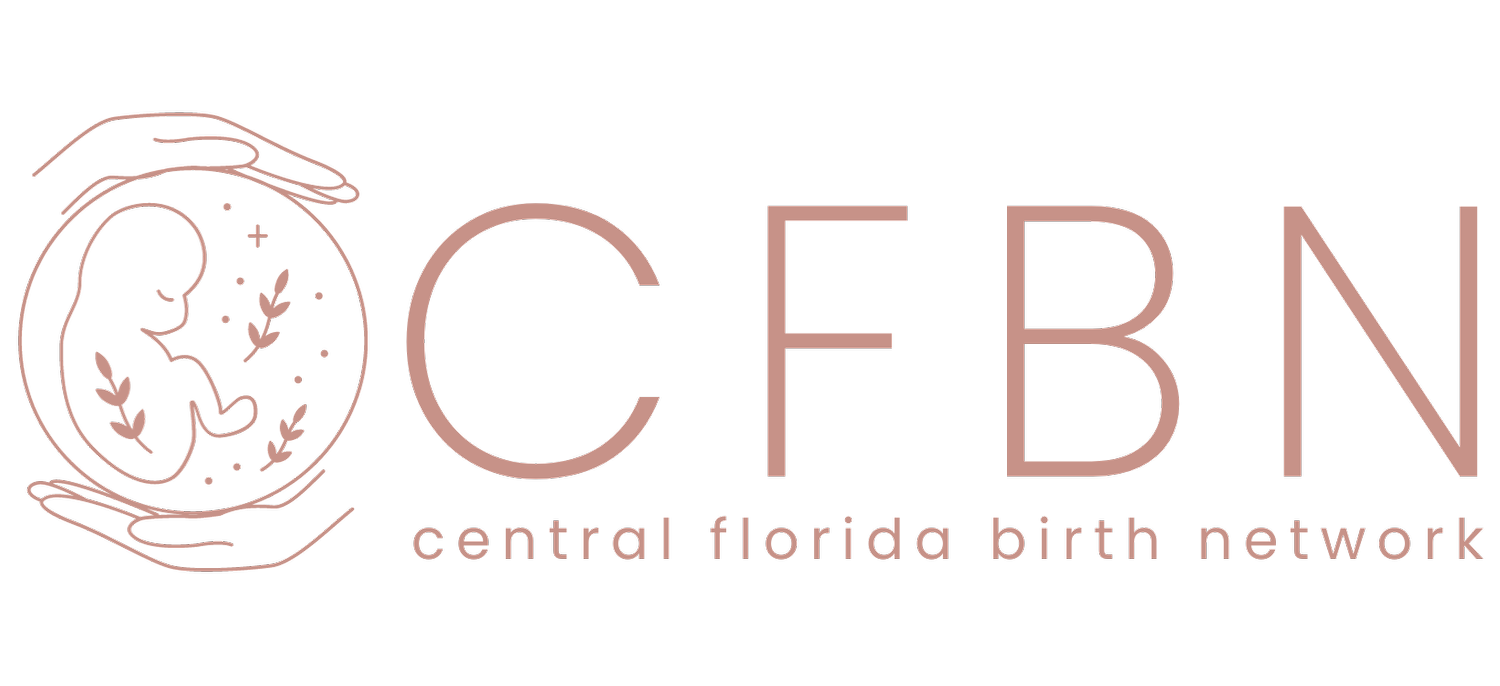Aches and Pains from Breastfeeding: How Pelvic Floor Physical Therapy Can Help
Contributing Writer(s) for CFBN: Christine LaM'ee of Sanford Pelvic Therapy and Wellness. This content may contain opinions that may or may not be shared by all CFBN Members. The content provided on this blog is for educational purposes only and should not be construed as mental health advice; it is not intended to replace consultation with a qualified mental health professional.
Breastfeeding is a physically demanding process, especially during the early postpartum weeks when both baby and parent are adjusting. While most discussions around breastfeeding focus on lactation and latch, many new mothers experience persistent musculoskeletal discomfort—from neck tension and back pain to pelvic instability—that is often overlooked.
At Sanford Pelvic Therapy, pelvic health specialist Christine understands the unique physical strain breastfeeding places on the body and provides individualized, hands-on therapy to support new moms in healing and recovering fully.
“Sanford Pelvic Therapy is here to support you through every phase of postpartum healing—with specialized care tailored to your body’s real-life demands.”
The Physical Demands of Breastfeeding
Breastfeeding often requires long periods of static posture—frequently in awkward or unsupported positions. Common nursing postures include cradling the baby with rounded shoulders, sitting in a slouched position on a couch or bed, or leaning forward to maintain latch—all of which place strain on the spine, core, and pelvic floor.
Common Pain Complaints in Breastfeeding Parents:
Neck and shoulder tightness from prolonged looking down
Upper and mid-back pain due to thoracic flexion and poor support
Low back pain from core weakness and lack of lumbar support
Wrist and thumb pain (De Quervain’s Tenosynovitis) from holding the baby
Pelvic or tailbone pain from sitting pressure and postpartum joint instability
Pelvic floor symptoms, including heaviness, pressure, or discomfort when seated
Many of these symptoms are exacerbated by hormonal laxity, physical exhaustion, and ongoing core and pelvic floor dysfunction that began during pregnancy and delivery.
How Pelvic Floor Physical Therapy Can Help
While pelvic PT is often associated with treating urinary incontinence or diastasis recti, it also plays a critical role in postural correction, core rehabilitation, and whole-body recovery—especially during breastfeeding.
At Sanford Pelvic Therapy, Christine takes a comprehensive, hands-on approach to helping patients feel better and function optimally during the postpartum period.
Key Components of Postpartum PT for Breastfeeding Parents:
1. Postural Realignment and Ergonomic Coaching
● Re-educating ideal postural habits for nursing and bottle-feeding
● Teaching breastfeeding positions that reduce neck, shoulder, and pelvic strain
● Providing support strategies for sitting with proper lumbar and pelvic alignment
2. Manual Therapy
● Releasing tight or overactive muscles in the neck, upper back, thoracic spine, hips, and pelvic floor
● Addressing cesarean or perineal scar tissue that may limit movement or contribute to discomfort
● Treating soft tissue dysfunction contributing to tailbone or sit bone pain
3. Core and Pelvic Floor Reconnection
● Activating and retraining the deep core (transversus abdominis) and pelvic floor
muscles to restore trunk stability
● Reducing compensatory movement patterns that lead to pain or tension during feeding and carrying
● Supporting posture from the inside out
4. Education and Self-Management Tools
● Guidance on stretches and exercises to reduce pain at home
● Supportive tools (pillows, wraps, cushions) to improve comfort during feeds
● Tips for alternating positions and pacing to minimize cumulative strain
Why It Matters
Persistent pain during breastfeeding can:
● Interfere with bonding and feeding goals
● Disrupt sleep and recovery
● Contribute to postpartum anxiety or depression
● Delay return to exercise and daily activity
● Increase risk of chronic musculoskeletal issues
A postpartum body needs care and rehabilitation—not just rest. Pelvic floor therapy addresses the whole body, not just the pelvic floor, and provides the support new parents often don’t know they need until discomfort becomes limiting.
Why Choose Sanford Pelvic Therapy
At Sanford Pelvic Therapy, pelvic health is the core specialty—not an afterthought. Owner and lead therapist Christine brings over 7 years of pelvic-focused experience with advanced training in postpartum rehabilitation, manual therapy, and ergonomic retraining.
Patients at Sanford Pelvic Therapy Benefit From:
● One-on-one, 60-minute sessions that allow time to address multiple areas of concern
● Hands-on treatment for the neck, back, hips, and pelvic floor
● A trauma-informed, supportive environment where each patient’s birth and recovery
story is honored
● Customized education and movement plans to fit life with a newborn
Whether you’re recovering from a vaginal birth or cesarean delivery, Christine’s holistic and clinically informed approach helps restore comfort, alignment, and function—so that feeding your baby doesn’t mean sacrificing your own well-being.
Conclusion
Breastfeeding doesn’t have to hurt. If you’re experiencing aches, pains, or tension related to feeding posture or postpartum recovery, pelvic floor physical therapy can help. With targeted manual therapy, postural retraining, and core support, new moms can regain comfort, confidence, and control.
Sanford Pelvic Therapy is here to support you through every phase of postpartum healing—with specialized care tailored to your body’s real-life demands.
Contributing Writer(s) for CFBN: Christine LaM'ee of Sanford Pelvic Therapy and Wellness. This content may contain opinions that may or may not be shared by all CFBN Members. The content provided on this blog is for educational purposes only and should not be construed as mental health advice; it is not intended to replace consultation with a qualified mental health professional.
About the author
Christine has not only specialized in Pelvic Physical Therapy for over 9 years, she is also a mom of four adult children and has experienced the challenges of pregnancy, postpartum recovery, and changes later in life. She is passionate about helping others achieve lasting relief from pain that prevents them from moving freely, caring for themselves and those they love, and enjoying intimacy with a partner. Christine is dedicated to offering gentle, trauma-informed care to all. When she's not in the clinic, she enjoys Salsa dancing and growing fruits and vegetables in her garden.


